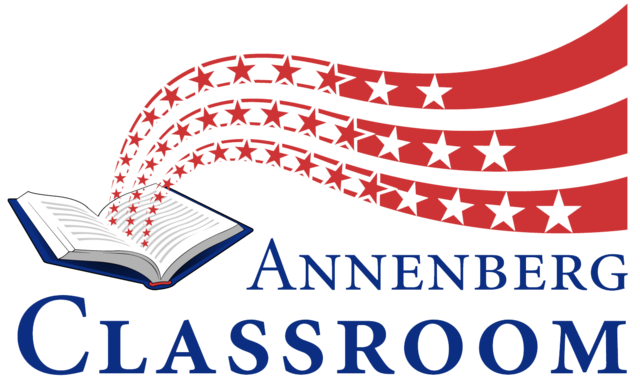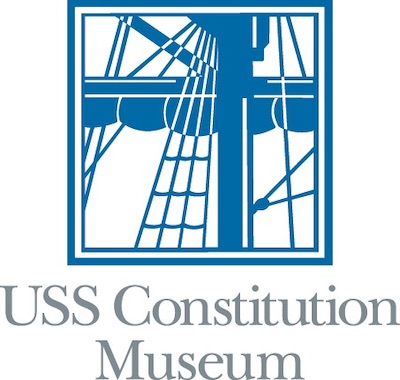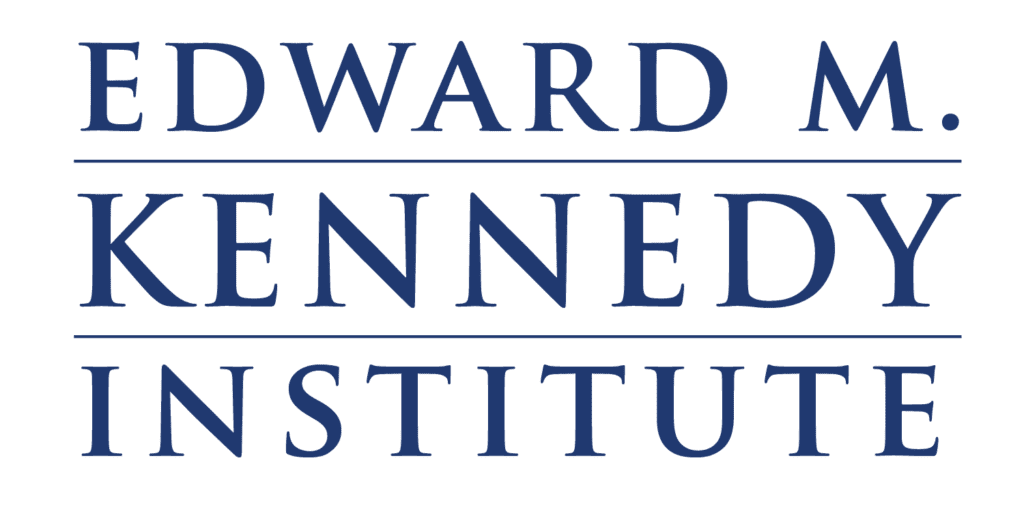The curated resources linked below are an initial sample of the resources coming from a collaborative and rigorous review process with the EAD Content Curation Task Force.
 Reset All
Reset All
Students will engage with the Constitution and the events on September 11, 2001 to analyze American values and ideals. Students will examine the most fundamental American values and evaluate progress made to close the gap between ideals and reality.

The Roadmap




Center for Civic Education


This lesson plan focuses on two prominent Supreme Court cases on the internment of Japanese-Americans during WWII, and it asks students to consider the executive branch's authority regarding individual liberties during times of war.

The Roadmap




Annenberg Classroom

This learning resource uses geospatial technology to help students understand the many components of the Pearl Harbor Attacks. Guided by inquiry, students will use the ArcGIS map to investigate the how the Japanese executed this attack and how the positioning of the U.S. in Oahu made the perfect target.

The Roadmap




Esri


In this lesson, students will examine some of the fundamental ideas about government that are contained in the Declaration of Independence and the Preamble to the U.S. Constitution. When they have completed this lesson, students should be able to explain those ideas and identify which ideas the class holds in common.

The Roadmap




Center for Civic Education


The War of 1812 is often referred to our country’s second war of independence. As a young nation, the United States' economy, territory, and rights of individual citizens were again threatened by the British. A Sailor’s Life for Me! presents life at sea during the War of 1812 for those serving aboard USS Constitution, one of the few naval vessels in America’s young navy, and now a national symbol, through interactive games, primary sources, and Museum resources.

The Roadmap




USS Constitution Museum


Inspired by Congresswoman Shirley Chisholm’s famous words and life story, the Seat at the Table Project is a collaborative civic art and education project that encourages students to reflect on their own civics identity and agency as they consider bringing their own seat to the table of civic life. The lesson plan, resources, and companion digital exhibit guide teachers and student through participating the project.

The Roadmap









The Edward M. Kennedy Institute for the United States Senate


Inspired by Congresswoman Shirley Chisholm’s famous words and life story, the Seat at the Table Project is a collaborative civic art and education project that encourages students to reflect on their own civics identity and agency as they consider bringing their own seat to the table of civic life. The lesson plan, resources, and companion digital exhibit guide teachers and student through participating the project.

The Roadmap




The Edward M. Kennedy Institute for the United States Senate


This video playlist is part of the New-York Historical Society's Academy for American Democracy, a new educational initiative focusing on history and civics education for the sixth grade students.

The Roadmap



New-York Historical Society


This lesson introduces children to different ways young people have used the internet to work toward positive social change.

The Roadmap


Learning for Justice

This unit invites students to consider the student activism of the Civil Rights Movement and how its lessons apply today.
The Roadmap


The Rhode Island Historical Society

Some issues are too fundamental for a party to withstand, and the consequences can last for a generation. This Learning Resource is a collaboration between New American History and Retro Report, producers of Upheaval at the 1860 Democratic Convention: What Happened When a Party Split.

The Roadmap


New American History

What does it mean to be a good citizen? Students investigate this question by looking at the Naturalization Oath of Allegiance, which foreign-born people must take to become naturalized American citizens, and thinking deeply about what are or should be crucial requirements of citizenship. This lesson guides students to closely examine information, to ask probing questions, and to take part in complex discussions with classmates.

The Roadmap



Smithsonian National Museum of American History





